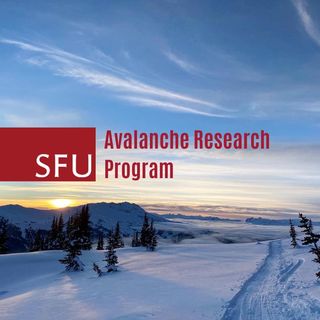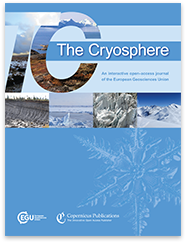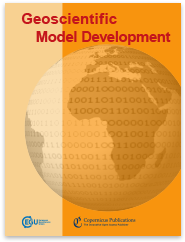Avalanche hazard describes the source of potential harm, the nature of potential avalanches, independent of any element at risk. Lots of research has gone into improving our understanding of avalanche as a physical phenomenon and how to monitor factor affecting associated hazard. However, the step from making observations to deciding whether it is safe to enter a particular slope is challenging and requires substantial practical experience.
Our objective in this research area is to improve our ability to assess and communicate information about avalanche hazard by capturing the assessment expertise of avalanche professionals and integrating it with existing assessment methods to develop tools that provide information that is more directly relevant risk management decisions.
Central to our research in this area is the Conceptual Model of Avalanche Hazard (Statham et al., 2017), which provides a tangible pathway for how to derive an avalanche hazard assessment from avalanche safety observations.




